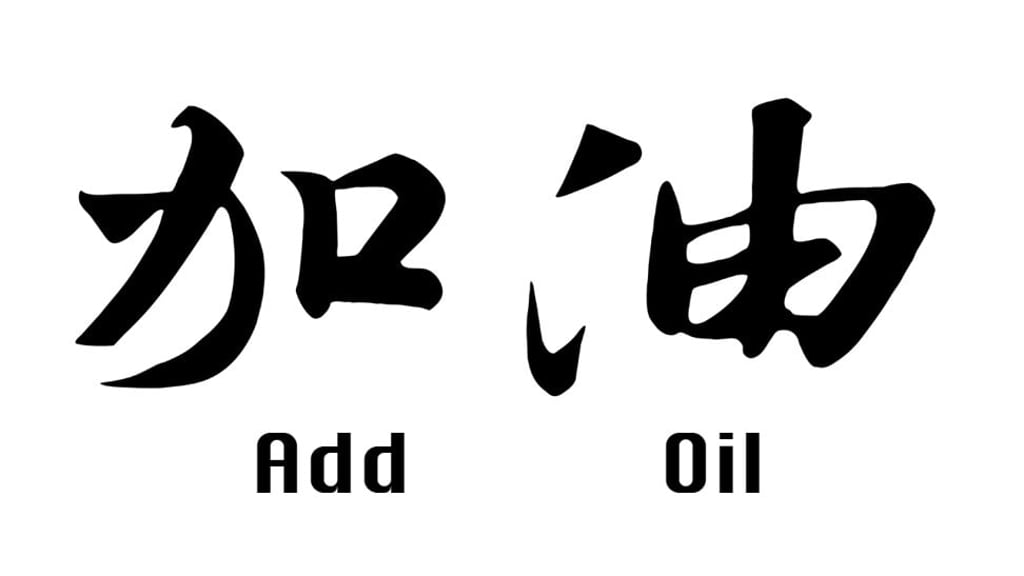Language Matters | Do you speak Kongish? Hong Kong protesters harness unique language code to empower and communicate
The mixed code of romanised Cantonese and English has helped popularise phrases such as ‘add oil’, from Cantonese ‘ga yau’

Romanised Cantonese, mixed with English, in the context of the Hong Kong protests, has been used to flummox non-Cantonese speakers and automatic translation machines, and weed out infiltrators and trolls. It has been hailed by some as a new form of cryptic online messaging. It is, however, a continuation of a long-standing language practice.
Since the end of the 20th century, young Hongkongers – in internet chat rooms, text messages and on social media – have been romanising Cantonese for greater efficacy. In 2015, this mixed code received a name, Kongish, and was bestowed a Facebook page, Kongish Daily, which became an instantly popular public platform. The use of a romanised mixed code on social media has promoted the English calque “add oil”, from the Cantonese “ga yau”.
The romanisation of Chinese language varieties has a long history, dating back to Italian Jesuit priest Matteo Ricci’s late-16th century Portuguese-Chinese dictionary.
For Mandarin, well-known systems include Wade-Giles, which was devised by British diplomat Thomas Francis Wade in the mid-19th century, and Yale, which was created at Yale University, in the United States, during World War II to facilitate communication between American military personnel and their Chinese counterparts. But it is Hanyu Pinyin – developed by Mao Zedong’s Committee for the Reform of the Chinese Written Language in the late 1950s and adopted as the standard in 1982 – that has superseded all others.

Southern Min varieties, such as Taiwanese Hokkien and Amoy Hokkien, use Peh-ōe-jī (“vernacular writing”), a modified Latin alphabet with some diacritics developed by 19th century Western missionaries working amongSoutheast Asia’s Chinese diaspora.
